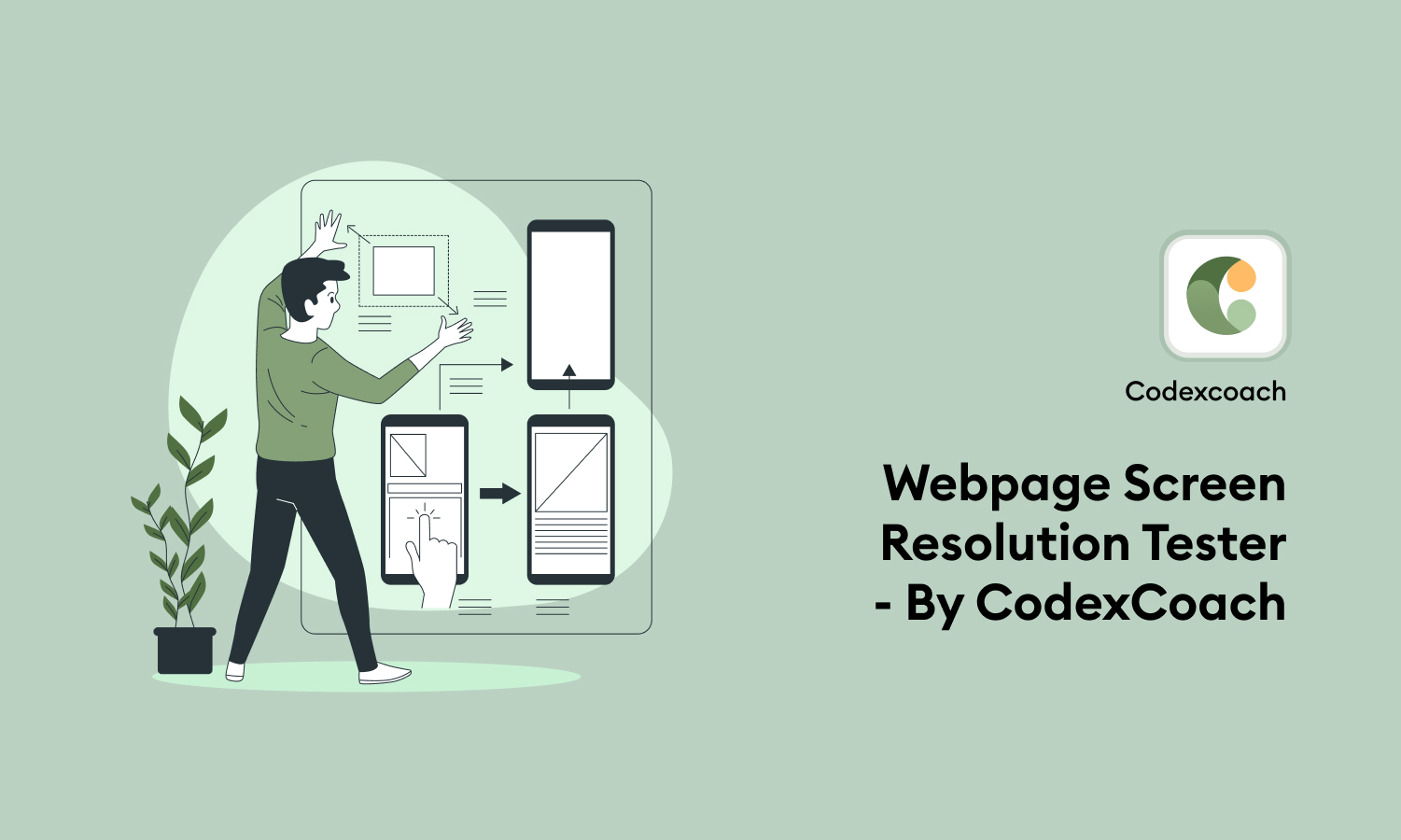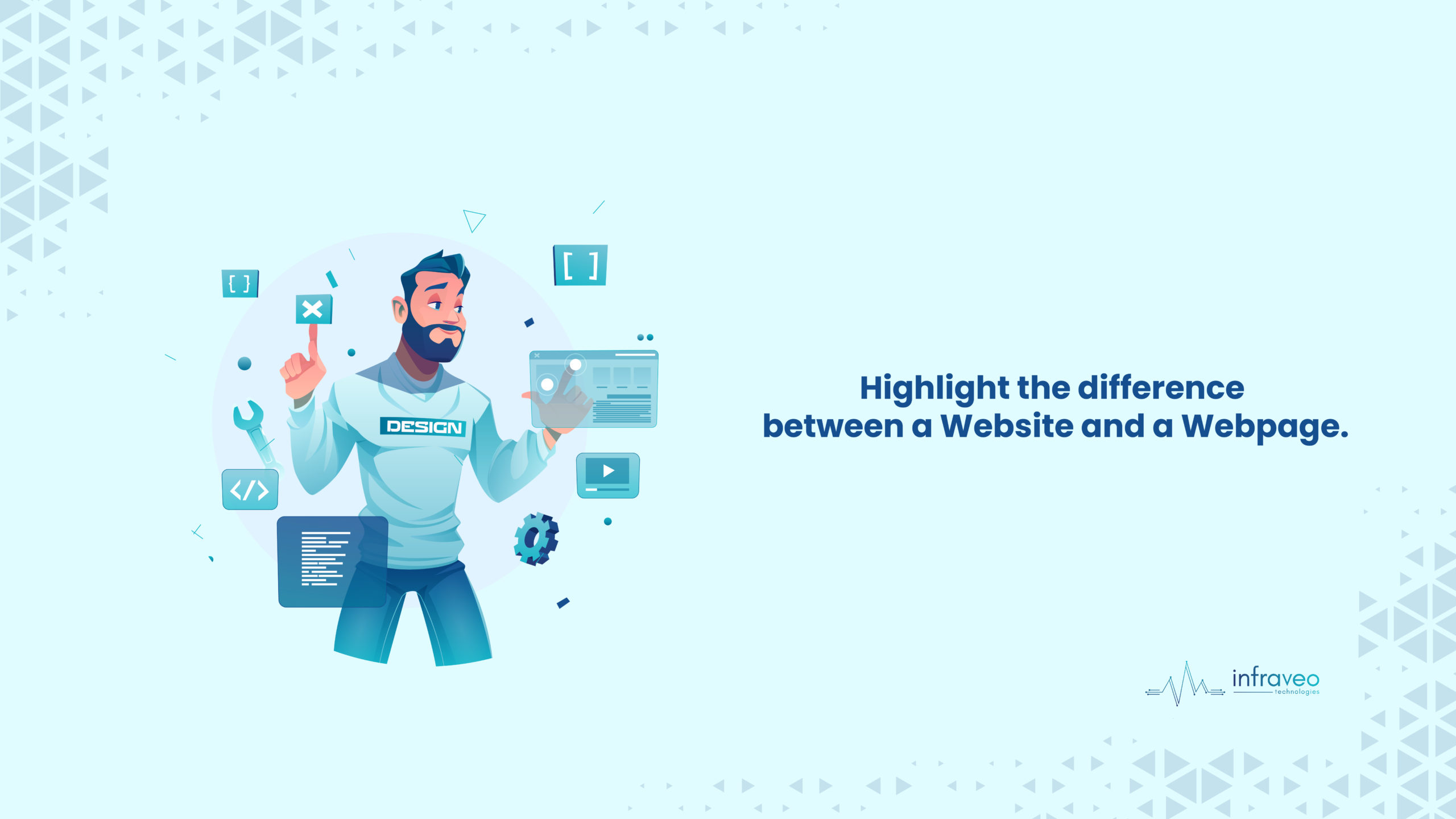Webpage resolution is a critical aspect of web design that can significantly affect user experience and engagement. In our increasingly digital world, where first impressions are formed in milliseconds, understanding how resolution impacts visual fidelity is essential for developers and designers alike. This guide will delve into the intricacies of webpage resolution, discussing its importance, factors affecting it, and how to optimize your website for various devices.
As users access websites on a multitude of devices—from high-resolution desktops to smartphones—ensuring a seamless experience across all platforms is vital. Not only does a well-optimized webpage enhance user satisfaction, but it also plays a crucial role in search engine optimization (SEO). With Google prioritizing mobile-friendly sites and responsive designs, understanding webpage resolution has never been more pertinent.
In this article, we will explore the concept of webpage resolution, its impact on design, and practical tips to ensure your website looks great on every device. By the end, you will have a thorough understanding of how to effectively manage webpage resolution to improve both user experience and search engine rankings.
Table of Contents
- What is Webpage Resolution?
- Importance of Resolution in Web Design
- Factors Affecting Webpage Resolution
- Common Screen Resolutions
- Responsive Design Principles
- Tools for Testing Webpage Resolution
- Best Practices for Webpage Resolution
- The Future of Webpage Resolution
What is Webpage Resolution?
Webpage resolution refers to the clarity and detail of images and text displayed on a screen. It is commonly measured in pixels, with higher resolutions providing sharper and more detailed visuals. The resolution of a webpage can significantly influence how users perceive content, making it a vital element in web design.
Definition of Resolution
Resolution is defined by the number of pixels displayed on the screen. For example, a resolution of 1920x1080 means there are 1920 pixels horizontally and 1080 pixels vertically. This measurement directly correlates to the quality of the visuals presented: higher pixel counts lead to finer detail.
Types of Resolutions
- Standard Definition (SD)
- High Definition (HD)
- Full High Definition (FHD)
- Ultra High Definition (UHD)
Importance of Resolution in Web Design
The resolution of a webpage significantly affects user experience and engagement. A well-designed site with appropriate resolution can lead to higher retention rates and improved SEO rankings. Here are some key reasons why resolution matters in web design:
- User Experience: Higher resolutions provide clearer images and text, making content easier to read and navigate.
- Brand Perception: A high-resolution website reflects professionalism and attention to detail, enhancing brand image.
- SEO Impact: Websites optimized for various resolutions tend to rank higher in search engines due to improved user interaction metrics.
Factors Affecting Webpage Resolution
Several factors influence the resolution of a webpage, including:
1. Device Type
Different devices, such as desktops, tablets, and smartphones, have varying screen sizes and resolutions. It is crucial to design with these differences in mind to ensure a consistent user experience.
2. Screen Size
As screen size increases, the number of pixels available for displaying content also increases. Designers must consider how their layout will adapt to different sizes, particularly with mobile devices.
3. Browser Settings
Users can adjust their browser settings, which may affect how webpage resolution is displayed. Designers should account for this variability to ensure their site remains user-friendly.
Common Screen Resolutions
Understanding common screen resolutions can help designers optimize their websites for the majority of users. Here are some of the most prevalent resolutions:
- 1920x1080 (Full HD)
- 1366x768 (HD)
- 1440x900 (WXGA)
- 3840x2160 (4K UHD)
Responsive Design Principles
Responsive design is a key principle in modern web development, allowing websites to adapt seamlessly to different screen sizes and resolutions. This approach is essential for maintaining a consistent user experience. Key principles include:
1. Fluid Grids
Using a fluid grid system allows elements to resize proportionally based on the screen size, providing flexibility in design.
2. Media Queries
Media queries enable developers to apply different styles based on the device's characteristics, such as screen width and resolution.
Tools for Testing Webpage Resolution
Various tools can assist developers in testing and optimizing webpage resolution:
- Google Chrome DevTools
- BrowserStack
- Screenfly
- Responsinator
Best Practices for Webpage Resolution
To ensure optimal webpage resolution, consider the following best practices:
- Use responsive images that adjust based on device resolution.
- Optimize images for faster load times without sacrificing quality.
- Implement a mobile-first design approach.
- Test your website across various devices and resolutions regularly.
The Future of Webpage Resolution
As technology continues to evolve, webpage resolution will also undergo changes. With the advent of high-resolution displays and advancements in web design techniques, staying informed about trends is crucial. Anticipate a growing emphasis on:
- Artificial Intelligence in design optimization
- Increased focus on user-centric design
- Continued evolution of responsive design principles
Conclusion
Understanding webpage resolution is vital for creating engaging and effective web designs. By considering factors such as device type, screen size, and user experience, developers can optimize their websites for improved interaction and satisfaction. Implementing best practices and staying updated on future trends will ensure that your site remains relevant and user-friendly.
We encourage you to leave your thoughts in the comments section below, share this article if you found it useful, or explore more of our content for further insights into web design.
Closing Remarks
Thank you for reading this comprehensive guide on webpage resolution. We hope you found it informative and helpful. Please visit our site again for more articles and insights into the world of web development and design.
Article Recommendations
- Water Softener Overflowing Brine Tank
- Nina Aoulik
- 76 Out Of 80
- Bang On Casino
- Cost To Extend Garage
- Talulah Riley
- Claudine Blanchard Crimes
- Risk Territory Between Ukraine And Siberia Nyt
- Chandie Yawn Nelson
- Arianna Lima 2024


